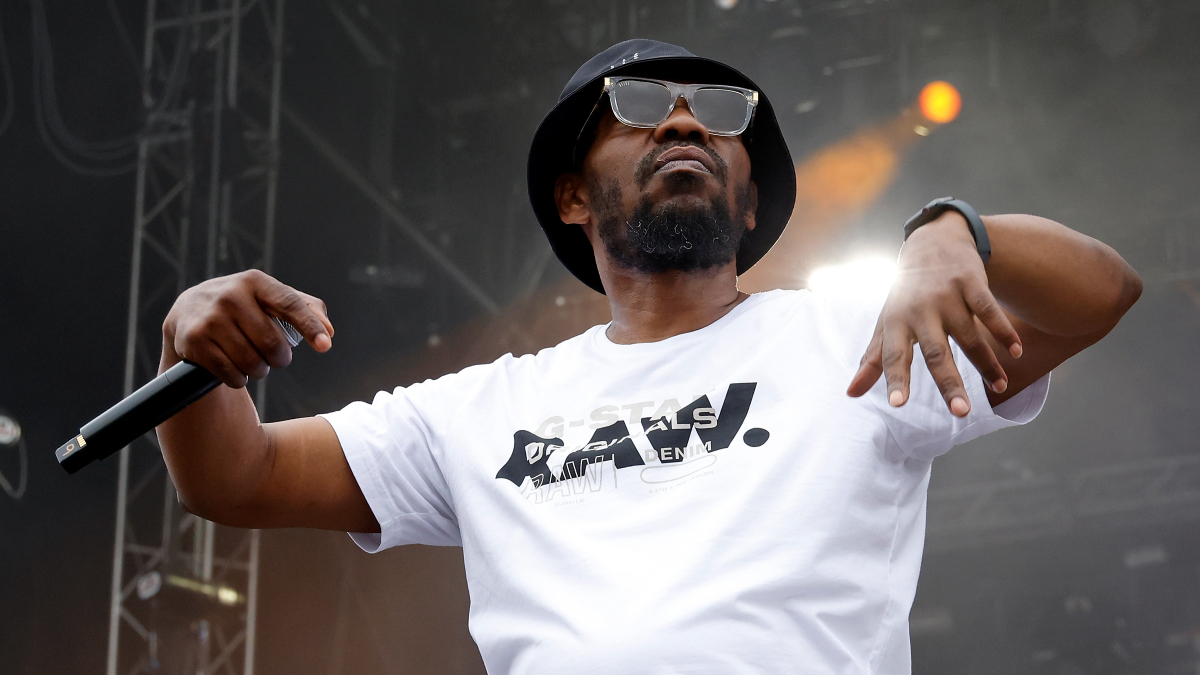AI is an increasingly prevalent issue in today’s society, as its continued development threatens jobs across fields.
Nearly every industry is eyeing AI as a potential cost-saving alternative to actual human labor, and the threat of its implementation is among the issues behind the current WGA and SAG strikes. The rise of AI could put everyone from journalists to actors, screenwriters, and visual artists out of work, but the technology isn’t all negative. If used in the right way, it could enhance — rather than replace — the human artists we love, starting with Beanie Sigel.
The 49-year-old rapper has collaborated with several of the industry greats, including Jay-Z and 50 Cent, and produced several studio albums in the 2000s and early 2010s. He faded from the spotlight over the last decade and a half, due to an accident that nearly took his life in 2014, and he’s using AI to help make his way back into the mainstream.
What happened to Beanie Sigel’s voice?
Sigel was among the wave of talented up-and-comers who hit the rap scene between 2000 and 2010, but his tenure in the spotlight was short-lived. He never quite managed to catch on like some of the greats, thanks to numerous run-ins with the law, time served, and several accidents — one of which nearly ended his career for good.
That one came about in 2014 when Sigel was wounded in a drive-by shooting. After being rushed to the hospital, a portion of one of his lungs was removed, and the rapper’s career was largely doomed. Without full lung capacity, he simply can’t perform like he used to, but AI might just give him the perfect solution to his problems.
Can AI help recreate Beanie Sigel’s voice?
AI is by no means a perfect tool, but it’s proven to be broadly versatile. It’s on the rise on apps like TikTok and Twitter (now rebranded as X) and some people are even using it to update headshots for sites like LinkedIn. We’ve barely scratched the surface of all the technology is capable of, and Sigel’s aims to use AI in music have the potential to set a new precedent.
If it works, that is. There’s no guarantee that his venture into AI will deliver the results Sigel is looking for, but there is evidence to support his theory about the technology’s potential. We already use AI tools in music, by feeding existing songs, lyrics, and tones into an AI tool and allowing it to mix, match, and mess with the wealth of information to create something new. Sigel aims to do just this — flooding an AI tool with his previous music — in hopes of producing an AI support system that replicates his pre-accident voice.
Since everything Sigel aims to feed into the AI is his own work, the issue of creative license and AIs stealing jobs is lessened. In this case, Sigel really has no alternative. No surgery is going to give him that portion of lung back, and without it, he’ll never return to his former glory. But by incorporating AI into his upcoming work, he may be able to meld his current tones with his old ones for a nice hybrid that combines the style everyone loves with something brand new.

